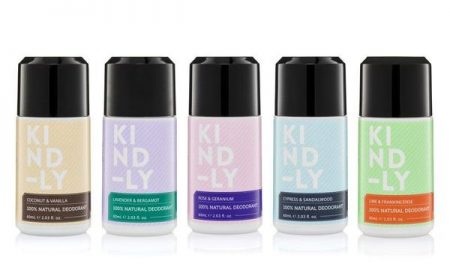Working out is hard. It takes a lot of time and effort, and it’s always painful at the moment. However, the feeling you experience after you complete a very good workout? That’s worth all the pain. Unfortunately, that post-workout high can sometimes be short-lived thanks to an annoying ache known as DOMS. Don’t worry though, we’ve got six ways to help deal with that post-workout ache! More importantly, these strategies will help prevent that ache from coming back.
Dealing with a post-workout ache – 6 ways to utilize
Working out is one of the best ways to stay healthy and fit, but sometimes the post-workout ache can be hard to handle. While it can be a sweet misery at times, post-workout aches can sometimes develop into serious problems. Especially if one disregards them. Experts from smartclinics.com.au say that there are various methods and techniques to deal with post-workout aches and each person has a different need. Hence, your aches might require different types of care than someone else’s. Here are 6 techniques to get rid of that pesky post-workout ache:
1. Make sure you warm up/cool down
One of the most important parts of any workout is warming up and cooling down. Not only will these exercises help prepare your body for more strenuous activity, they’ll also help prevent post-workout aches. Make sure to stretch before you start your workout and after you finish, and take some time to do light cardio or other easy movements in between sets. In most cases, this should be enough to prevent serious aches. If you want to be extra thorough, consider foam rolling or using a massage gun after your workout. This will help your muscles to relax and reduce any soreness; thus making it easier to cool down after an intense workout.
2. Take a warm shower or bath
Taking a warm shower or bath is one of the best ways to relax your muscles after a workout. The warmth of the water helps to promote blood flow, which in turn can help reduce post-workout aches. Be sure to focus on areas that you worked out the most during your workout and take time to massage any sore muscles. Furthermore, add some Epsom salt to your bath to help reduce inflammation. Showering often can also help reduce the risk of skin irritation due to sweat accumulation. In addition, the same sweat can cause the body to become dehydrated, so make sure you stay hydrated throughout and after your workout.
3. Hydrate, hydrate, hydrate!
Proper hydration is key to avoiding post-workout pain and soreness. Make sure you’re drinking plenty of water before and after you exercise, and make sure that you’re getting the right electrolytes in your diet as well. There are plenty of electrolyte drinks available on the market if you need them, and they can help to replenish lost electrolytes much faster than regular water. Water is one of the main components of muscle tissue, and lack of proper hydration will only lead to further aches and pains. Furthermore, proper hydration also helps to flush out toxins from your body, which can help reduce post-workout aches. Most importantly, make sure that you stay hydrated and drink plenty of water!
4. Take an Epsom salt bath
An Epsom salt bath is one of the oldest tricks in the book for dealing with post-workout aches. Not only can the salt help reduce inflammation, but it can also help promote blood flow and to improve circulation. Make sure to use lukewarm water and add at least two cups of Epsom salt for a good soak. Moreover, you can also add some essential oils to help promote relaxation. Another important benefit of Epsom salt is that it can help draw out toxins from your body and aid in the relief of sore muscles. Bath salts are one of the most effective ways to reduce post-workout aches; just make sure you don’t overdo it and take your time. Additionally, they can also help improve your sleep quality, so make sure to give them a try.
5. Use an ice pack or cold compress
Ice packs and cold compresses are great for reducing swelling and pain in any area of the body. Try using an ice pack or cold compress on the affected area for 15-20 minutes at a time, but make sure to take breaks in between so you don’t overdo it. In addition, if you’re dealing with a more serious injury, you should seek medical attention. Ice packs and a cold compress are a must if you want to reduce any post-workout aches. Ice packs, however, should not be used on areas of the body where there is an open wound or inflammation. They should only serve as a way to reduce the pain or swelling caused by a workout.
6. Get a massage
There’s nothing quite like a professional massage to help reduce post-workout aches and pain. In addition to feeling good at the moment, a massage can help to improve lymphatic drainage and promote blood flow. If you don’t have access to a professional masseuse, there are plenty of at-home massagers available as well. There are various different massages that can help you recover, from a sports massage to Swedish massage and more. Professional massages should always be done by a certified masseuse to ensure your safety. Firstly, they can help to reduce post-workout aches and pain, but secondly, they can also help to loosen up your muscles for a better workout. Finally, depending on the type of massage, they can also help to improve your mental and emotional well-being. Massages are crucial for recovering from an intense workout and to help reduce post-workout aches.
No matter how much you work out, it’s important to listen to your body and take steps to reduce post-workout aches. Make sure to warm up and cool down properly, take a warm shower or bath after your workout, stay hydrated, use an ice pack or cold compress, and get a massage when necessary. With these tips in mind, you’ll be able to reduce post-workout aches and pains so you can keep on pushing yourself to the limits!

















Follow Us